Rice Chickpea Bread – A Wholesome Alternative
My friends were regularly buying white bread for breakfast, a habit I wanted to change by introducing them to a healthier alternative. Since making bread with rice flour is uncommon, I decided to prepare a wholesome rice chickpea bread for them. My efforts paid off—after spending two months teaching them about healthy eating, they embraced the change. Today, my dentist friend, his wife (an Ayurvedic and naturopathic therapist), and their son are now vegetarians.
The Ayurvedic Significance of Rice
According to Ayurveda, rice is associated with sweetness and is considered nourishing, light, soft, silky, and refreshing in nature. It is especially beneficial for balancing Vata and Pitta doshas.
Rice has been an essential part of global cuisine, particularly in India and Southeast Asia, where it has long been symbolic of fertility, wealth, and health. As a staple food in many countries, rice plays a crucial role in daily nourishment.
Ayurvedic Perspective on Rice Consumption
Ayurveda suggests that rice can be eaten at any time, but its effects depend on who is consuming it and when. Even aged rice is believed to have powerful therapeutic properties, and it is recommended for optimal digestion and well-being.
Among the most popular types of rice are:
Polished or unpolished rice
Basmati rice (highly valued in Ayurveda for its Sattvik nature, rich prana (vital force), and ease of digestion)
The Health Benefits of Rice Chickpea Bread
This Rice Chickpea Bread is packed with nutritional benefits, offering a wholesome alternative to conventional bread. Ayurveda advocates long-grained rice for its lightness, digestibility, and nourishing qualities.
Now, Let’s Get Baking!
Rice Chickpea Bread
This rice variety has a low glycemic index, making it beneficial for people with diabetes. It offers a higher protein level of approximately 16.5% along with notable amounts of thiamin (26-32%), riboflavin (4-24%), and niacin (2-36%). Additionally, rice is high in fiber and may have anti-cancer properties. The inclusion of chickpeas further boosts the nutritional value, helping to prevent various health issues such as high cholesterol, liver enlargement, mouth ulcers, and skin problems.
Ingredients
- 1 cup chickpeas soaked for 6 hours and sprouted for two days
- 1 cup raw rice soaked for 4-5 hours
- 1/2 cup psyllium husk
- 4 heaped tablespoons coconut butter
- 2 tablespoons coconut sugar
- 2 tablespoons bicarbonate soda
- 2 teaspoons brewer's yeast (optional)
- 1 teaspoon vinegar
- 1 teaspoon salt to taste
- 1 3/4 cup water
Instructions
After soaking, drain the chickpeas and allow them to sprout for two days, rinsing once daily and covering them with a net cloth.
Blend the sprouted chickpeas with one cup of water until smooth and transfer the mixture to a container.
Without washing the blender, add the soaked rice along with its water and blend until smooth.
Add coconut butter, coconut sugar, bicarbonate soda, brewer's yeast (optional), salt to taste, and additional water, then blend until thoroughly mixed.
Stir in the psyllium husk only after the initial mixture is combined.
Oil a baking pan and dust it with rice flour to prevent sticking.
Pour the batter into the prepared pan and bake at 190°C (370°F) for 45-50 minutes.
Check for doneness after 45 minutes using a toothpick; if it comes out clean, the bread is ready.
Allow the bread to cool on a wire rack, then slice and store in a ziplock bag if freezing.
When ready to serve, toast the slices and enjoy with tahini and honey.
Nutrition
-
407.0 Calories
-
54.4g Carbohydrates
-
0.0mg Cholesterol
-
10.0g Fat
-
10.4g Fiber
-
14.2g Protein
-
533.3mg Sodium
-
0.0g Trans fat
Notes
• Some tips for making your gluten-free, vegan bread: - Use exactly 2 tablespoons of baking powder to ensure the bread is light and fluffy. - Apple cider vinegar acts as an alkalizer with bicarbonate soda, creating a bubbly batter. - The batter may appear runny due to water absorbed by the sprouts. - As the rice is raw, it will absorb moisture during baking. - Line the baking tin with lightly oiled baking paper or grease the tin and dust with rice flour for easy removal of the bread. - To test if the bread is done, insert a skewer; if it comes out dry (with a few crumbs), the bread is ready. If it comes out wet, bake for a few more minutes. - If the center remains undercooked while the exterior begins to harden or burn, cover the top with baking paper and continue baking until fully cooked. - Allow the bread to cool completely on a rack before slicing. - The next variation will use a combination of chickpea flour and rice flour.


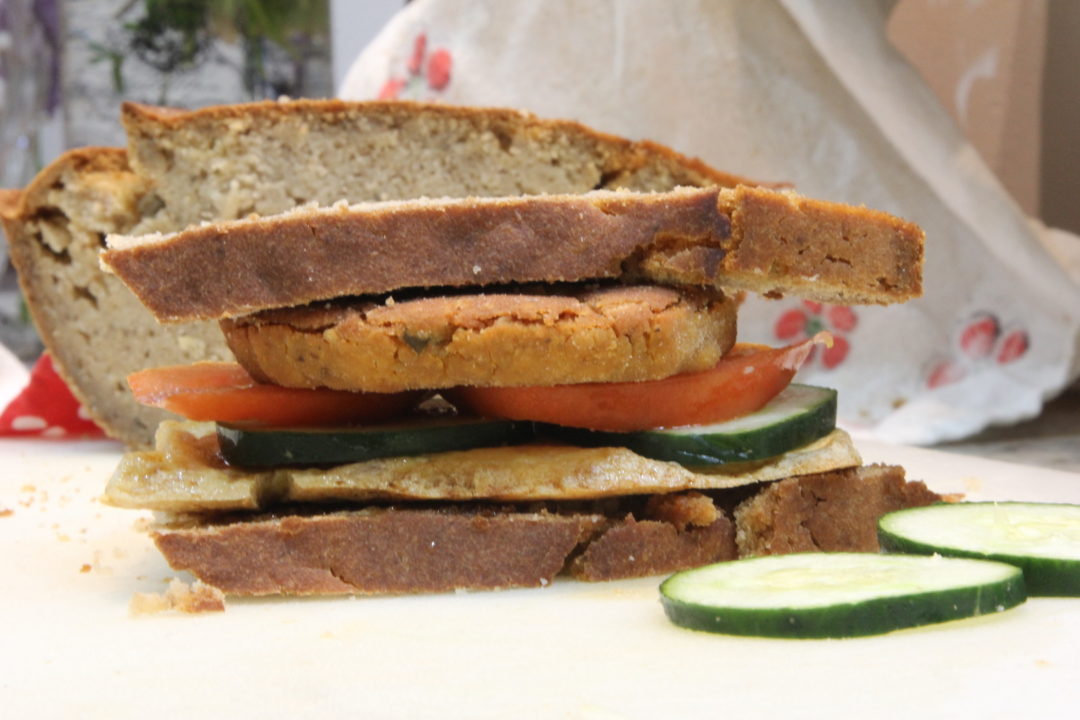


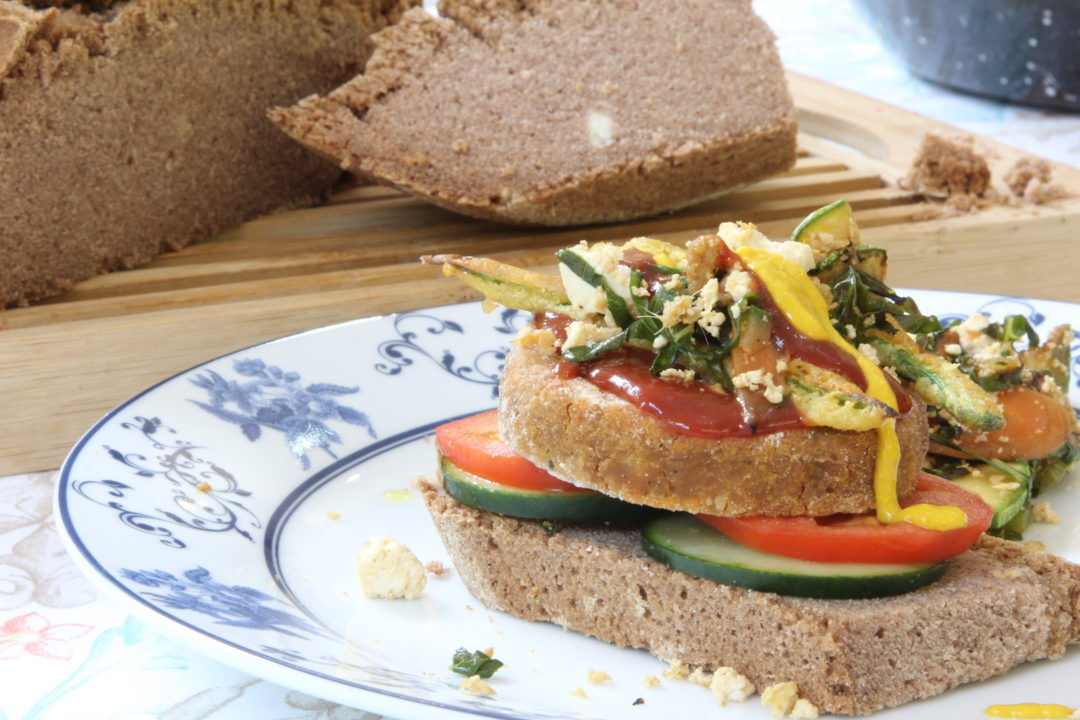
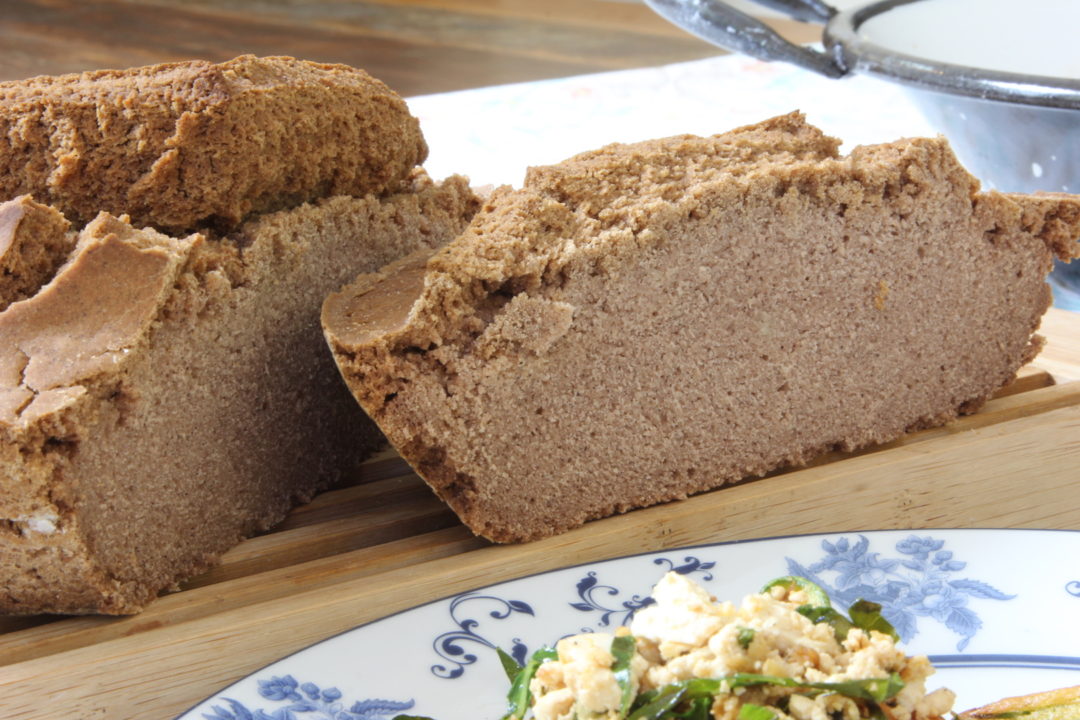

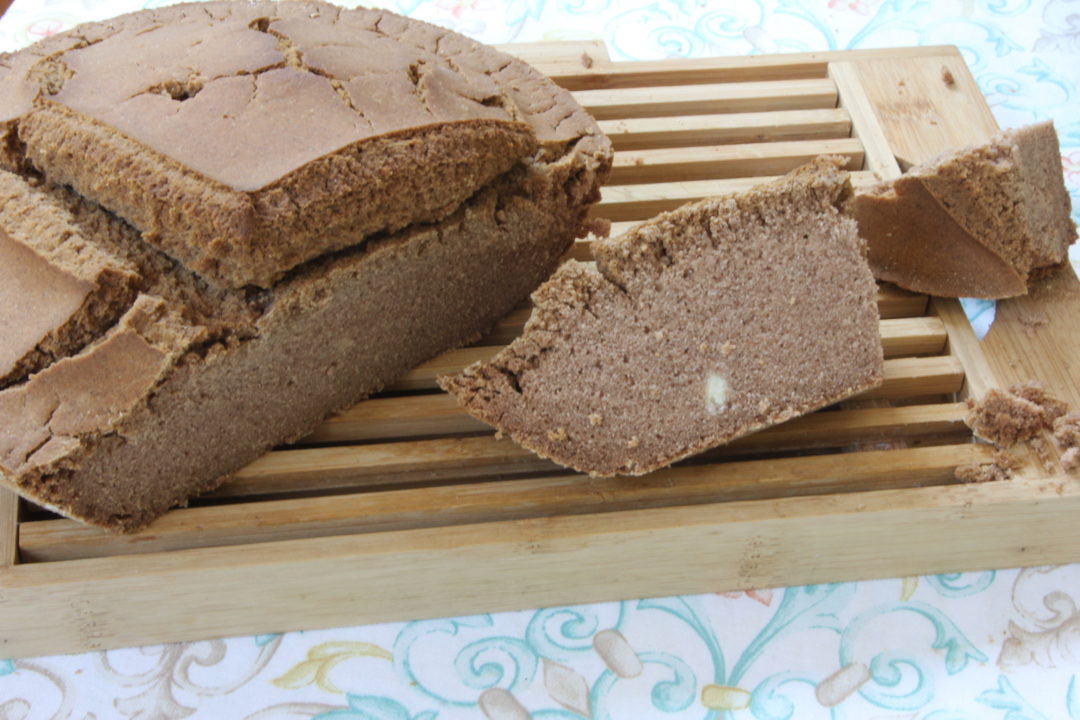

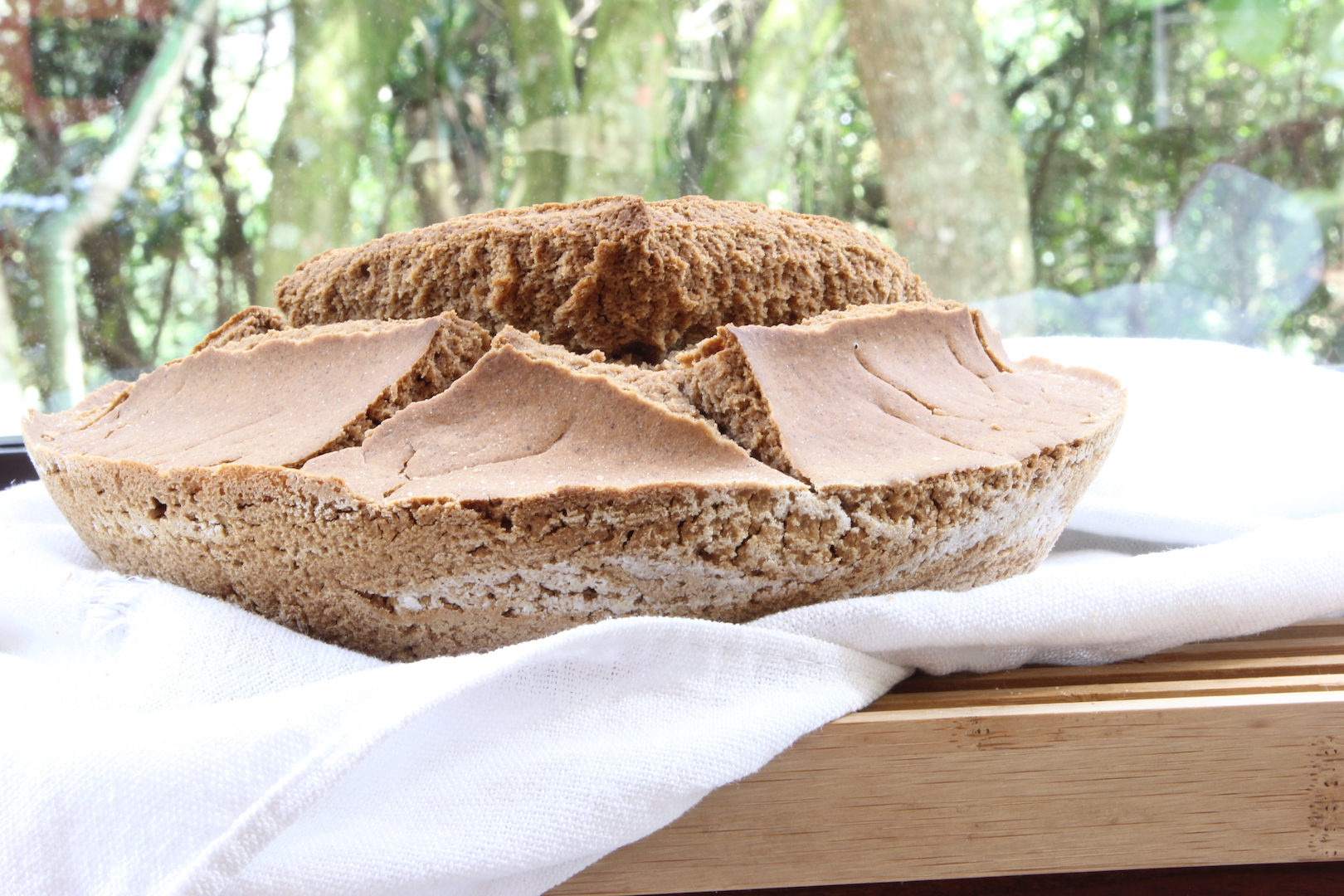
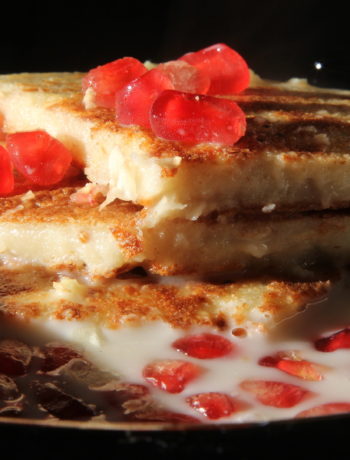

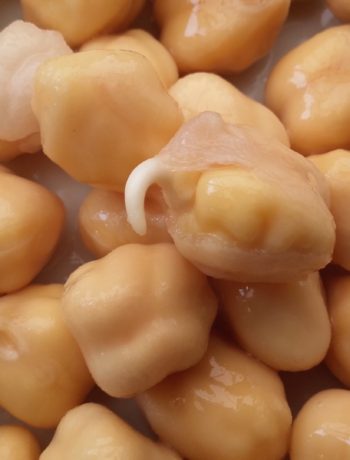
No Comments